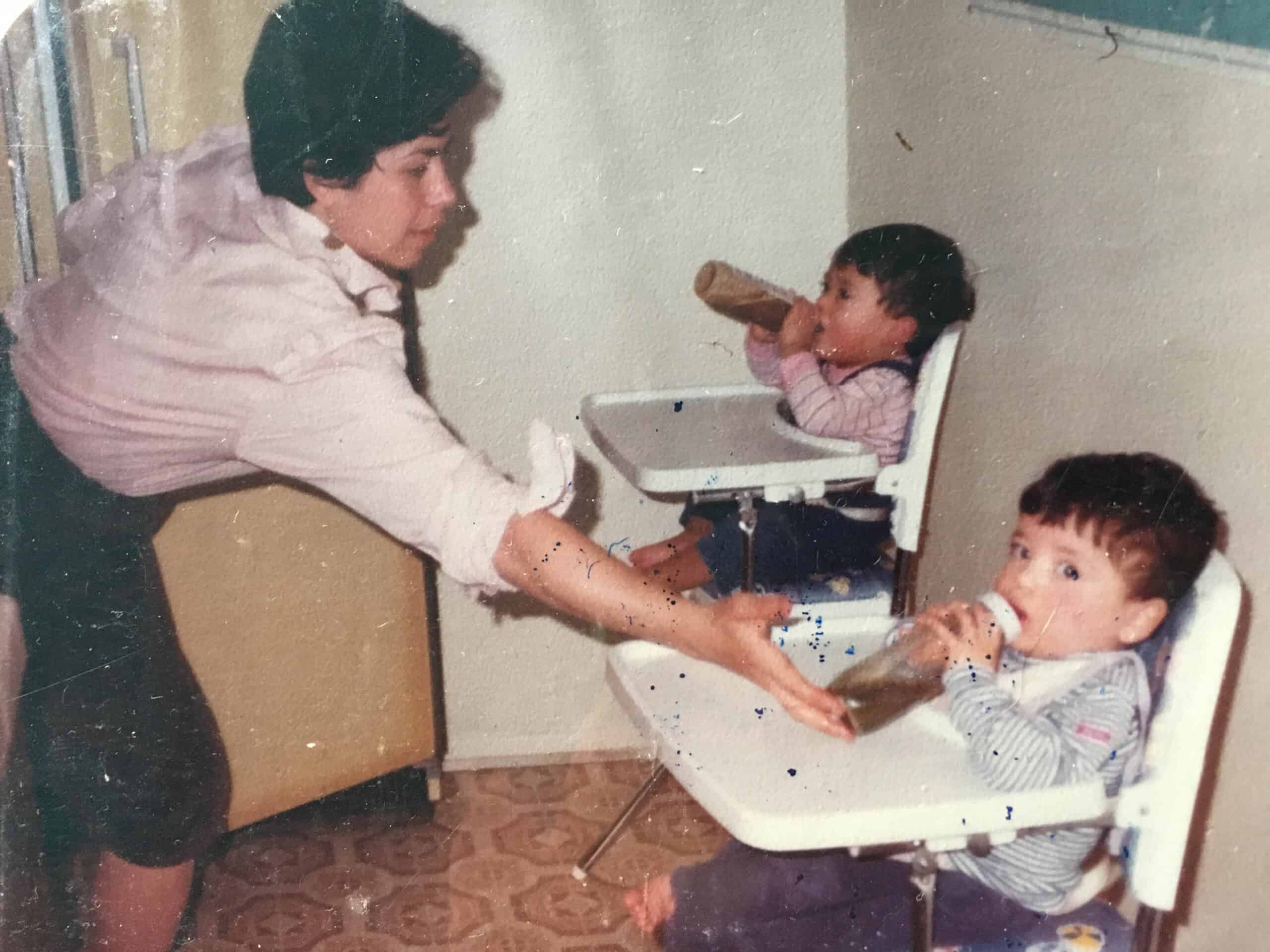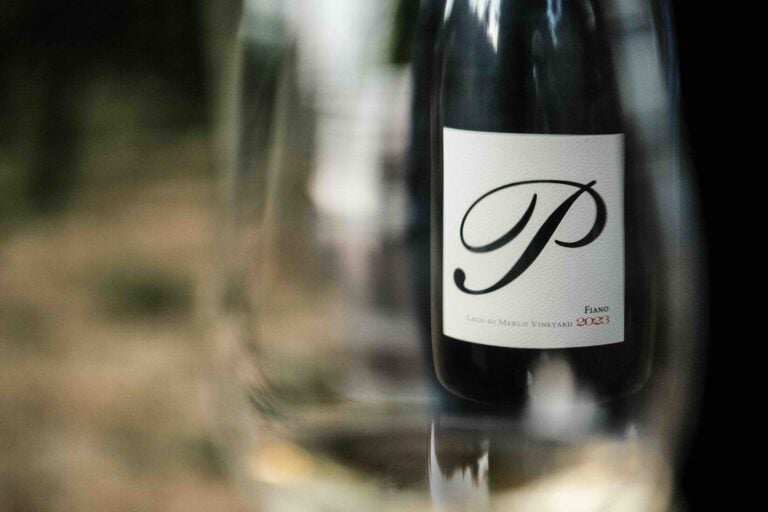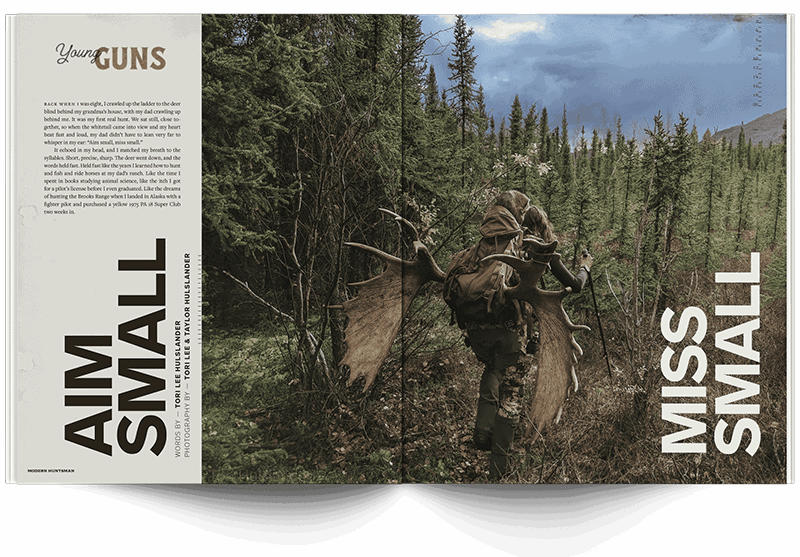It’s early. Before the sun rises. Before the rooster crows. In darkness, I walk the familiar path through the house to the kitchen. Lights on, burner lit. As the kettle warms, I slip into the shower. I carefully choose the clothes that will be my uniform for whatever chores the day ahead brings. The work changes with the seasons, but one thing remains constant — the day starts early here on the farm. I find ritual in these early mornings and space for my busy mind to wander.
At the kitchen table a hot cup of coffee warms my hand. A spoon swirled through a bowl of oats readied for breakfast stirs something inside, and my thoughts begin to drift back down a well-worn path. I am thinking about food, again.
Although my whole life focuses on food, on what I grow, create and share, rarely does that mean I am obsessing over when or how I eat, or over technique, ingenuity or skill. Sure, sometimes, but for the most part, my obsession with food is actually in how it builds my relationships with people and places.
How does one become obsessed with food? I suppose it’s in the influences of nature and nurture. Maybe it starts as far back as conception — elements of food and drink mixing in with the chemical cocktail that catalyzes you into existence. Obsession grows in moments of impact and influence. It’s seasoned by facts and figures. Memories of scent, taste and feel mix and blend with stories and act as waypoints on a timeline, sketched on a piece of butcher paper rolled out across a grand harvest table. All the ingredients are there, and I can’t help but




